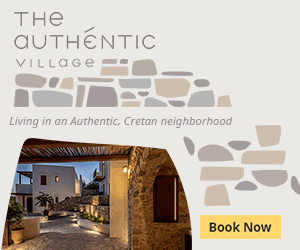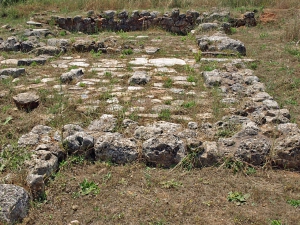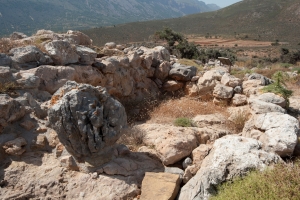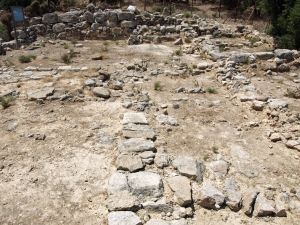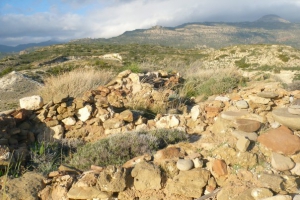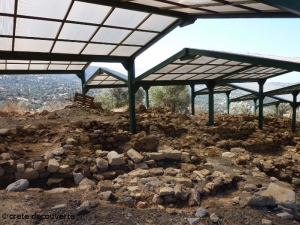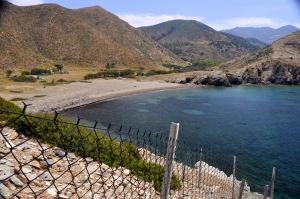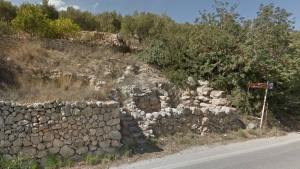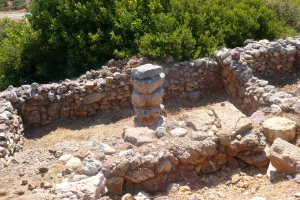The Minoan settlement located near the village of Nerokouros, by Chania, was excavated in 1977. At this point a Minoan mansion was built on palatial standards (tiled floors, polythyron, two floors). The villa was built in about 1600BC.
Crete is the birthplace of the first European civilization, the Minoan, which flourished between 3000 BC and 1200 BC mainly in Central and Eastern Crete. Even today, the majestic palaces of Knossos, Phaestus, Malia, Zakros, Tylissos, Arhanes, Monastiraki, Galatas, Kydonia and the luxurious mansions at Agia Triada, Zominthos, Amnisos, Makrigialos, Vathipetro and Nerokouros reflect the splendor of the Minoan civilization through architectural, pottery, jewelry and painting masterpieces.
The Minoan fleet, the strongest of its era, as evidenced by several findings in the Mediterranean, brought wealth to Crete from the trade of the famous Cretan cypress and agricultural products. Built in large yards, such as the shipyard of Agii Theodori at Vathianos Kambos, ships were loaded with timber, honey, wine, pottery and olive oil from the ports of Dia, Katsambas, Komos, Zakros, Psira, Mochlos, Niros, Petras, sailing towards all directions of the Mediterranean as far as Scandinavia.
Women were equal to men and took part in all religious ceremonies, in sports, hunting, theater, dance, etc. Masterpieces of building architecture, painting, sculpture and goldsmithing continue to inspire even modern civilization. Linear A and Linear B Scripts remind of the Egyptian hieroglyphics, but they were original Greek scripts. Even today, the disc of Phaestus is one of the most famous mysteries of archeology and deciphering of its symbols remains a riddle.
The worship of deities such as the Mother Goddess of fertility, the Mistress of the Animals, protector of cities, the household, the harvest, and the underworld dominated the religious tradition of the Minoans, who used many caves and mountain peaks as places of worship. Pilgrims from all over the island ascended to the peak sanctuaries of Youchtas and the cave of Hosto Nero to offer their votives, such as Minoan inscriptions or clay idols. Peak sanctuaries were also hosted atop summits Kofinas, Vrysinas, Petsofas, Traostalos, Karfi, etc. The Diktaean, Idaean and Kamares Caves also played a prominent role in the worship of gods.
Chrysokamino is located near the Cave Theriospilios in the area of Kavousi, Ierapetra province. At the site that locals called Golden Oven (chrysokamino), because they frequently found copper pieces, in 1900 the archaeologist H. Boyd spotted a metallurgy workshop that operated from 4500-3500 BC to the Minoan Era. The most important study and excavations since then took place after 1995.
At position Riza, close to Achladia village N. Platon revealed in 1952 a Minoan Rural Mansion (1600-1550BC). The building occupies an area of 270 sqm and consists of 12 apartments with a main entrance on the east, an entrance hall, kitchen, storerooms and (possibly) a stall.
The Minoan settlement at ‘Fournou by in Myrtos is a prime example of an establishment of the first phase of the Minoan civilization, before the construction of palaces. The settlement appears to have been founded before 2500 B.C., and had a violent end before 2100 B.C. It was walled, built on a hill, and contained about a hundred rooms in thick array.
Remains of an extensive centre of the Old Palace period (1950-1700 B.C.) have been uncovered.at the site called Gournes, near the village of Apodoulou, at the west foot of Psiloritis. The site dominates the Amari valley and controls the main route to the Messara plain.
At the eastern edge of Pera Galini beach, the small cape of Kefali is formed. The ruins of a Minoan settlement, which is thought to have been an important port in the region, have been discovered there.
At the road connecting Piskokefalo and Sitia we meet the remains of an excavated two-storey Minoan mansion. We can still discern the remnants of rooms, stairs and the protective boulders coming from the neighbouring river of Pantelopotamos or the sea.
The Minoan villa of Zakros was discovered in 1965 by N. Platon and I. Sakellarakis. It was a rural villa with complete facilities for wine production, very similar to modern ones, and big jars for storing wine. The wine press is exhibited in the Archaeological Museum of Sitia.





